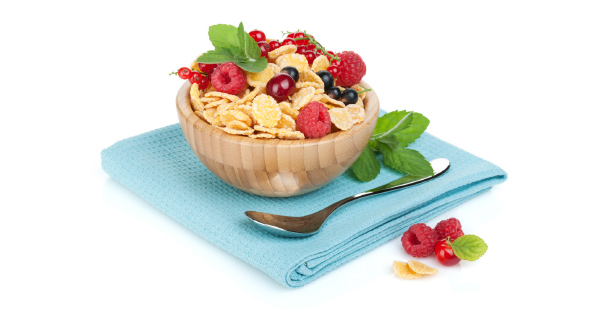by McKenzie Hall, R.D., Environmental Nutrition Newsletter
Dietary fiber has long been touted for its digestive benefits, but the scientific research is booming on fiber’s ability to boost immune health and reduce risk of obesity, type 2 diabetes, cardiovascular disease and certain cancers.
THE FIBER PERCEPTION
A wide gap exist between perception and reality when it comes to fiber intake, according to the International Food Information Council Foundation’s 2013 Food and Health Survey. An estimated 67 percent of people perceive they consume enough fiber, compared to 5 percent who actually meet their needs.”
Consumers say they’re interested in getting more fiber; they know the health benefits and say they are motivated by them. And plenty of fiber-rich foods are available in stores,” stated Carol Byrd-Bredbenner, Ph.D., R.D., F.A.D.A., professor at Rutgers, at the Food and Fiber Summit.”Nine out of 10 Americans are not meeting recommendations for dietary fiber,” stated Kathleen Zelman, M.P.H, R.D., director of nutrition for Web MD, at the Food Summit. The average American fiber intake in 2009-2010 was 16.2 grams per day. While this is up one gram from the previous year, intake remains far below the recommended levels of 25 grams per day for women and 38 grams for men.
WHY ARE WE FALLING SHORT?
Even when people choose whole grains, legumes, whole fruits and vegetables, they may not be selecting those with the highest fiber levels.
Legumes – beans, dried peas, lentils – are the fiber kings, along with whole grains. But not all grains are fiber superstars.For example, barley contains twice the amount of fiber than brown rice – 3 grams per one-half cup compared to 1.5 grams, respectively. Even worse is avoiding grains because of one or another fad diet du jour.”The new popularity of gluten-free diets also may be contributing to our fiber shortfall as people avoid fiber-rich grains,” said Leah McGrath, M.S., R.D., dietitian at Ingles Market, speaking at the Food and Fiber Summit.Furthermore, berries, artichokes and pears are among the highest fiber fruits and vegetables, but many people load up on lettuce salads, thinking they’re high in fiber, when lettuce provides only 0.5 grams per cup.
WAYS TO BOOST YOUR FIBER INTAKE
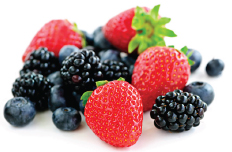 1. Bulk up your breakfast bowl
1. Bulk up your breakfast bowl
Stir fresh or dried fruit, flax (grind them first) or chia seeds and nuts into your oatmeal or hot whole grain cereal.
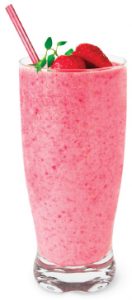 2. Leave fiber in your drinks
2. Leave fiber in your drinks
Rather than juicing produce, which removes much of the fiber, blend whole fruits and vegetables with the skins included.
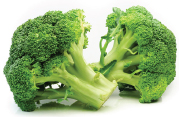 3. Pump up your salad
3. Pump up your salad
Top your lettuce with additional fiber-bonus foods, such as broccoli, peas, radishes, carrots, sunflower seeds and beans.
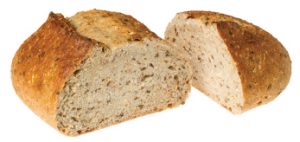 4. Choose fiber-rich grains
4. Choose fiber-rich grains
When selecting whole grain products, such as cereals, breads, side dishes and granola bars, choose those with at least 3 grams of fiber per serving more often.
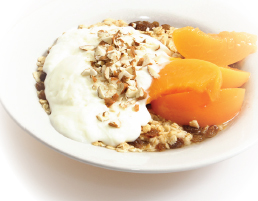 5. Go nuts
5. Go nuts
Incorporate a serving of nuts or seeds into your daily diet. Sprinkle them atop cottage cheese, yogurt, salads, or even casseroles.
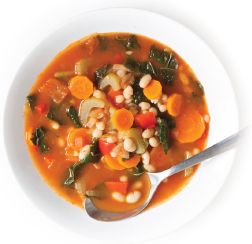 6. Use soups as a vehicle for fiber
6. Use soups as a vehicle for fiber
Add beans, lentils, or whole grains to your vegetable-based soup.
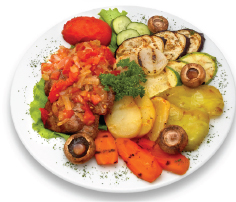 7. Fill at least half your plate with vegetables
7. Fill at least half your plate with vegetables
Experiment with new varieties and preparation methods to make vegetables the star of your plate.
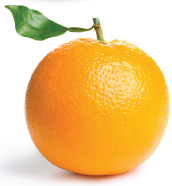 8. Sweeten naturally
8. Sweeten naturally
Turn to fresh or frozen fruit as your go-to desserts.
HIGH-FIBER FOODS
Lentils, cooked: 1 cup, 16 grams fiber
Pinto bean, cooked: 1 cup, 15 grams
Chickpeas, cooked: 1 cup, 12 grams
Artichoke, cooked: 1 medium, 10 grams
Raspberries: 1 cup, 8 grams
Blackberries: 1 cup, 8 grams
Wheat (kamut), cooked: 1 cup, 6 grams
Bran flakes: 1 cup, 7 grams
Whole wheat pasta, cooked: 1 cup, 6 grams
Broccoli, cooked: 1 cup, 6 grams
Barley, cooked: 1 cup, 6 grams
Chia seeds, 1 tablespoon: 6 grams
Pear, with skin: 1 medium, 6 grams
Quinoa, cooked: 1 cup, 5 grams
Oatmeal, cooked: 1 cup, 4 grams
Apple: 1 medium, 4 grams
Almonds: 1 ounce, 3 grams
Flaxseed: 1 tablespoon, 3 grams
Reprinted with permission from Environmental Nutrition, a monthly publication of Belvoir Media Group, LLC. 800-829-5384. www.EnvironmentalNutrition.com.




